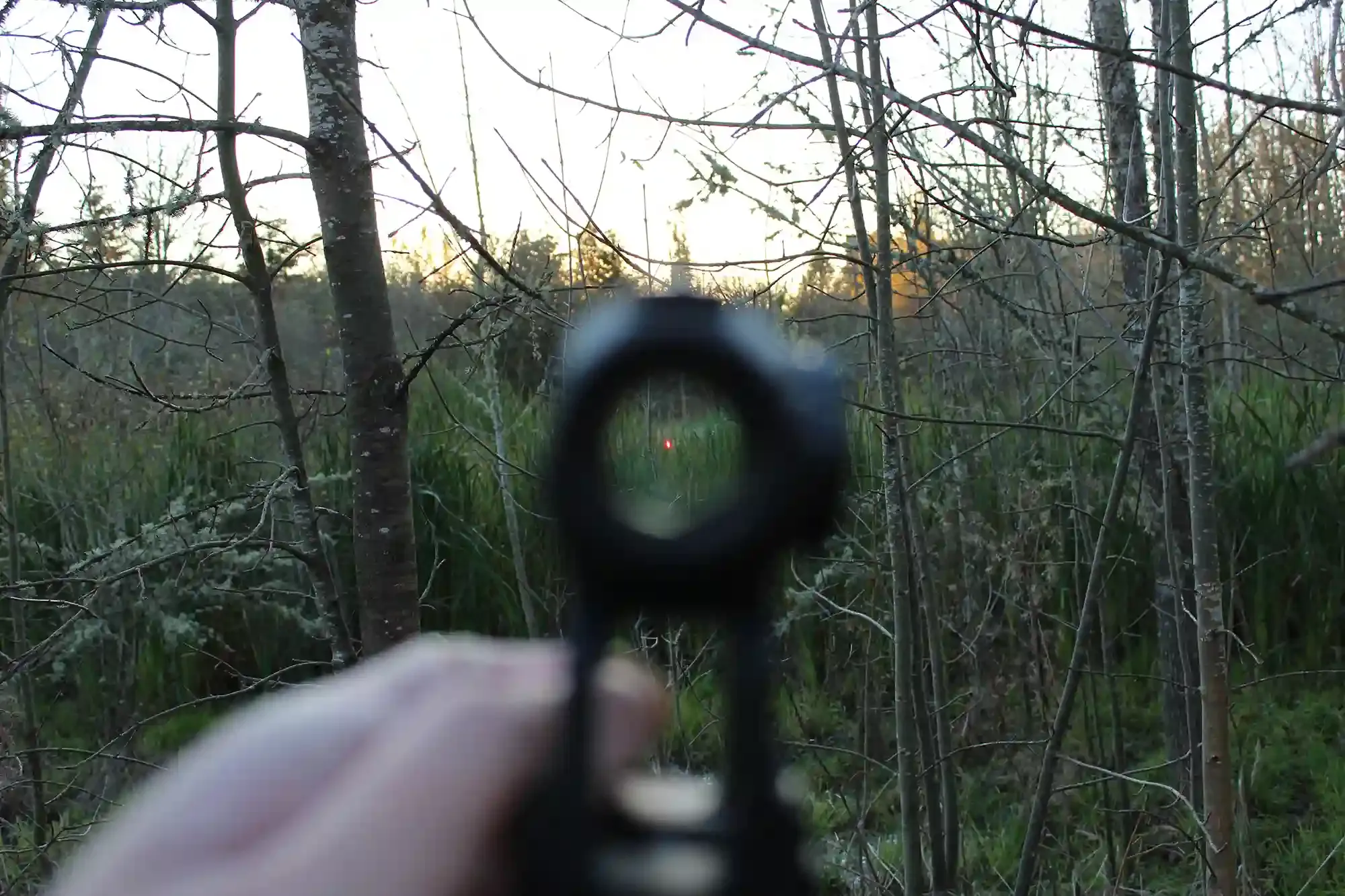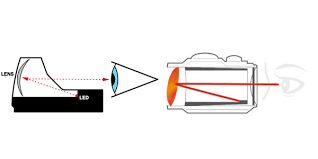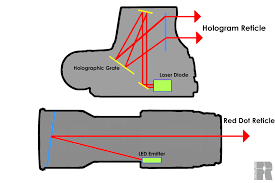Introduction to Red Dot Sights
Red dot sights have become one of the most popular types of optics for shooters of all levels, from beginners to professionals. Unlike traditional scopes, red dot sights use a simple illuminated dot as the aiming point, allowing for quick target acquisition and fast shooting with both eyes open. They are especially favoured for close to medium-range shooting, where speed and accuracy matter most.
Designed to be lightweight and easy to use, red dot sights don’t magnify the target but instead provide a clear, bright aiming point that stays aligned with your firearm’s barrel. This makes them ideal for a wide range of shooting activities, including hunting, tactical shooting, competition and airsoft.
In this blog, you’ll learn why red dot sights are so effective, how they work, and what advantages they offer compared to other sighting systems.
Why are they effective?
Red dot sights are highly effective for fast and accurate shooting because they allow shooters to quickly acquire their target without the need to perfectly align traditional iron sights. One of the biggest advantages is their parallax-free design, meaning the red dot stays on target even if your eye position shifts slightly behind the sight. This feature ensures that as long as the dot is on the target, your shot will be accurate, which is especially valuable in dynamic shooting situations where quick reaction and movement are involved.
Another key benefit of red dot sights is their wide field of view, which lets you keep both eyes open while aiming. This broad perspective helps maintain better situational awareness, making it easier to track moving targets and stay aware of your surroundings. Combined with the bright, crisp aiming dot, this wide field of view improves target acquisition speed and accuracy, making red dot sights an excellent choice for close-to medium-range shooting scenarios like hunting, tactical engagements, and competitive shooting.
How do they work?
Red dot sights work by projecting a small, illuminated red dot onto a specially coated lens inside the sight. This dot is generated by an LED light source and appears to float over the target when you look through the sight. Because the lens is angled to reflect only the LED’s light back to your eye, the dot stays bright and clear without magnifying the target itself. This setup allows for quick aiming and target acquisition with minimal eye strain. Holographic sights operate on a similar principle but use a laser-generated hologram of the reticle embedded inside the sight’s window. Instead of a simple LED dot, holographic sights project a more complex reticle pattern, which can offer more precision and customisation. Both types of sights are designed to be parallax-free, meaning the reticle remains aligned with the target regardless of your eye position.
A red dot sight uses an LED to project a simple illuminated dot onto a lens for fast aiming, while a holographic sight uses a laser to project a more complex reticle image as a hologram onto the viewing window. Red dots are typically lighter and more energy-efficient, while holographic sights offer finer reticle detail and better performance under magnification or in adverse conditions.
What are the advantages and disadvantages for red dot sights?
Advantages of Red Dot Sights
- Fast target acquisition: Ideal for close to mid-range shooting; great for quick reactions.
- Both-eyes-open shooting: Improves situational awareness and depth perception.
- Parallax-free (in practical terms): The dot remains on target even if your head isn't perfectly aligned.
- Lightweight and compact: Won’t add much bulk to your firearm.
- Simple to use: No magnification or complicated adjustments; intuitive for beginners.
- Long battery life: LED technology allows some models to last thousands of hours.
Disadvantages of Red Dot Sights
- No magnification: Not ideal for long-range shooting without a magnifier.
- Can wash out in bright light: Some red dots may be hard to see in direct sunlight if the brightness is too low.
- Battery dependence: If the battery dies and there's no backup sight, you're out of luck.
- Limited reticle options: Basic dots may lack the precision or holdover features of more advanced optics.
- Less precise than scopes at distance: Dot size (MOA) can cover smaller targets at longer ranges.
Red dot sights are a popular choice for shooters who value speed, simplicity, and versatility. Their parallax-free design and ability to shoot with both eyes open make them ideal for quick target acquisition and close to mid-range engagements. While they lack magnification and rely on batteries, their lightweight build, long battery life, and user-friendly operation make them a reliable option for everything from airsoft to competitive shooting. Understanding their strengths and limitations helps ensure you choose the right optic for your specific needs.









